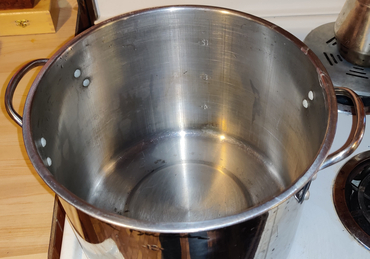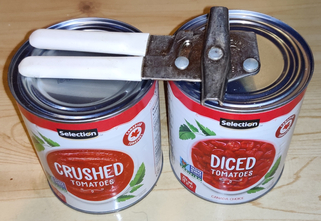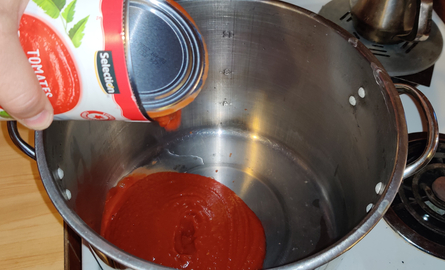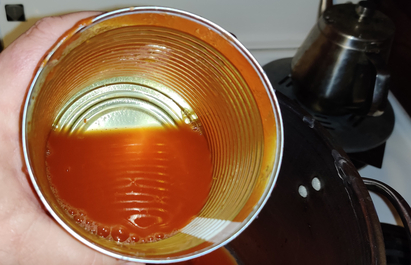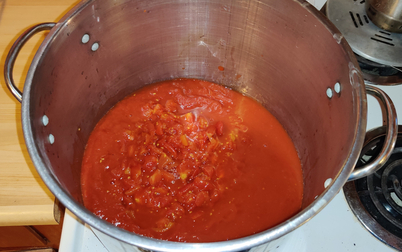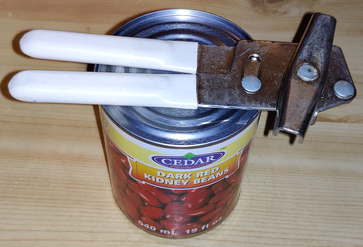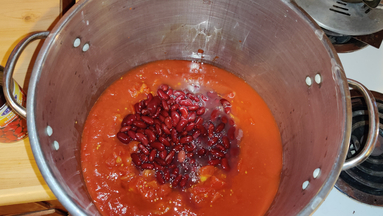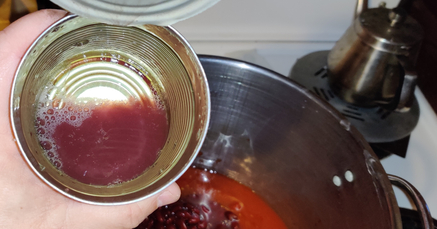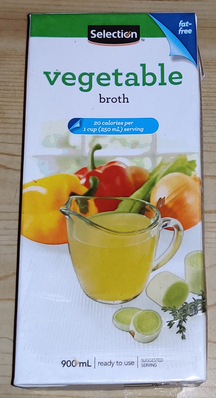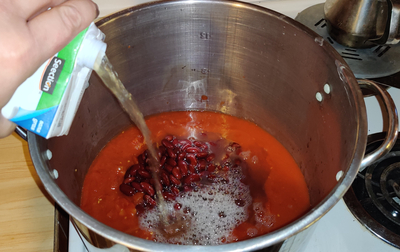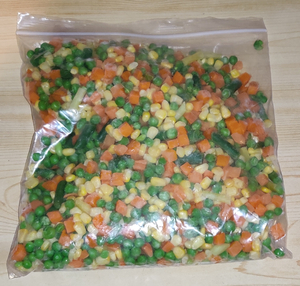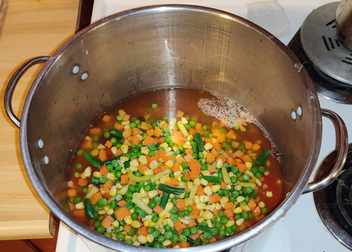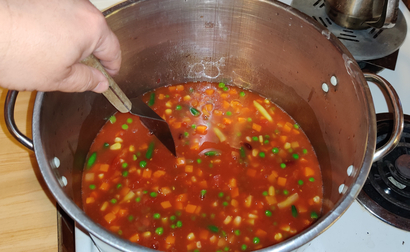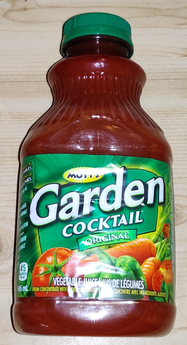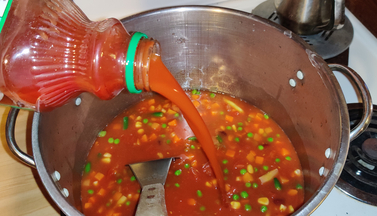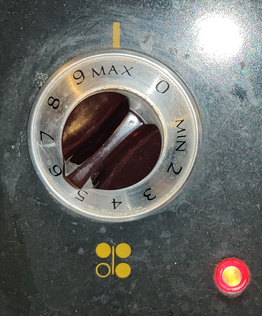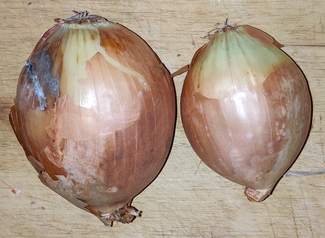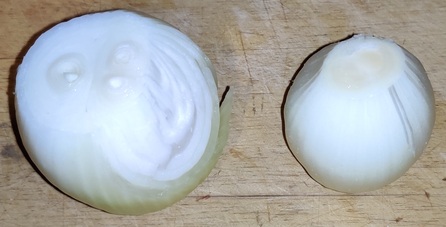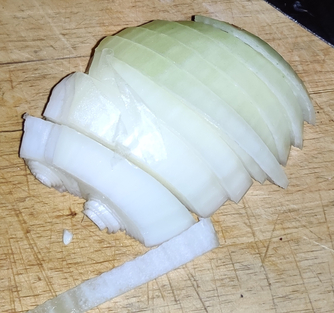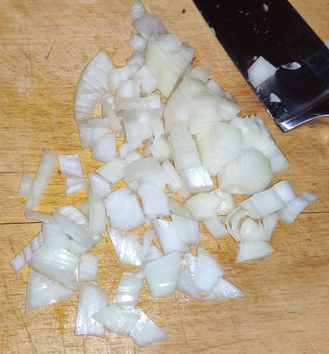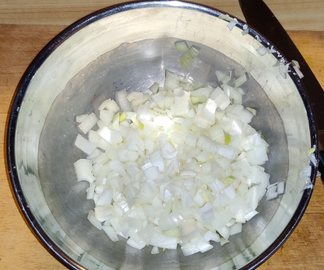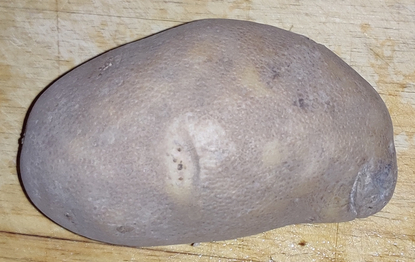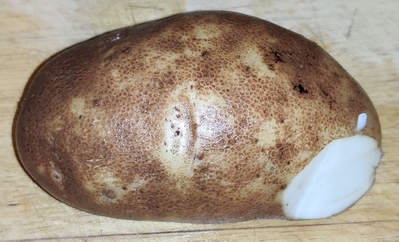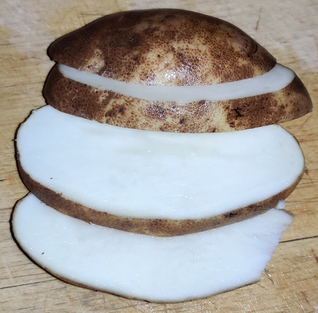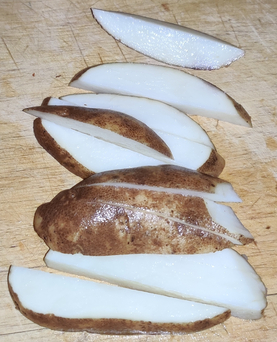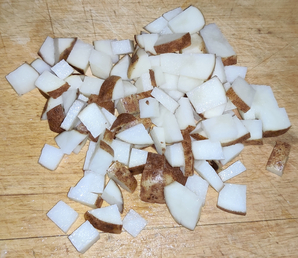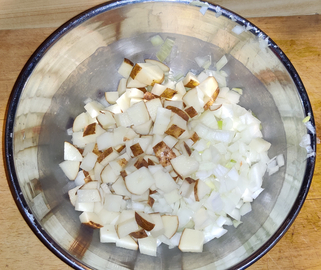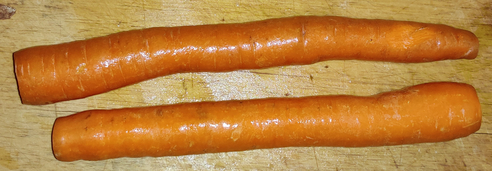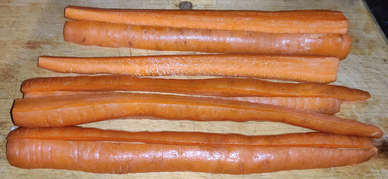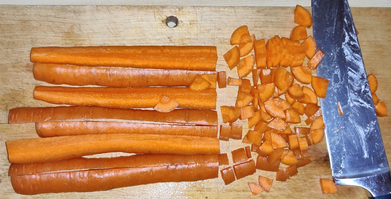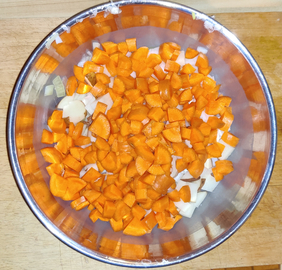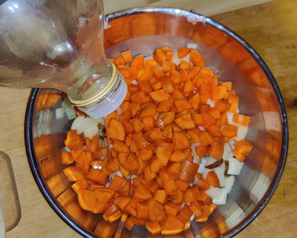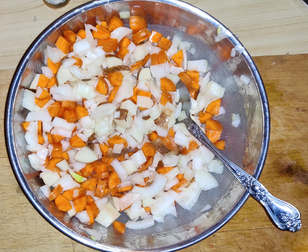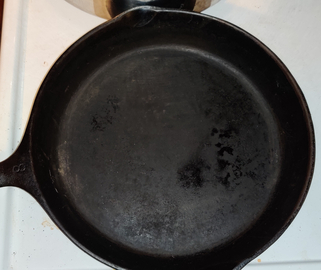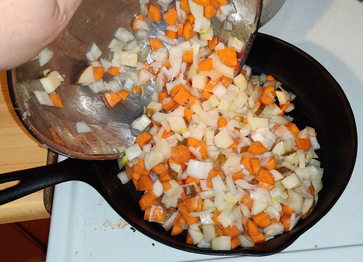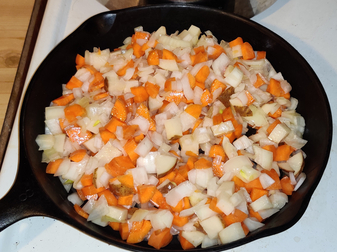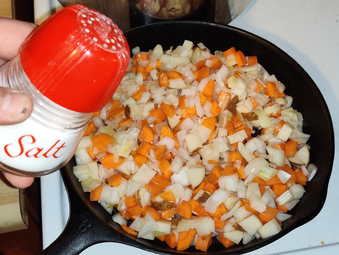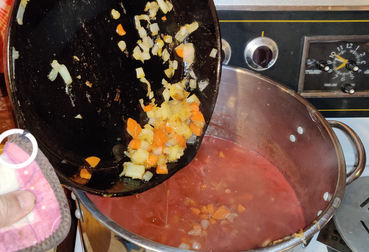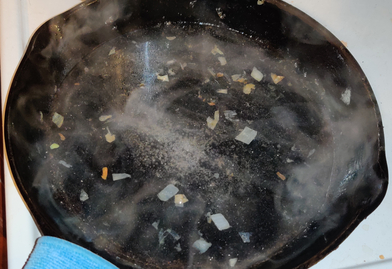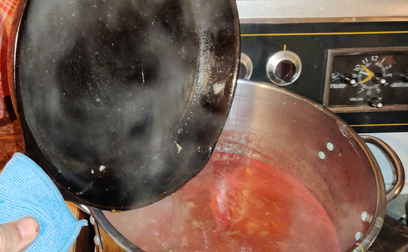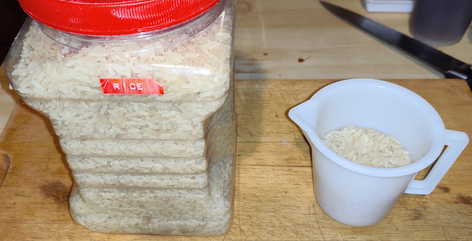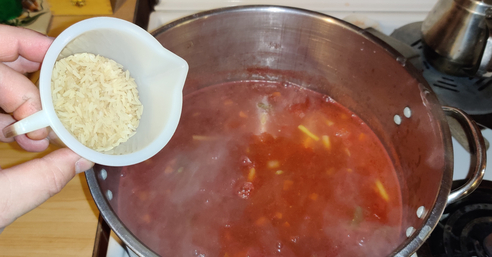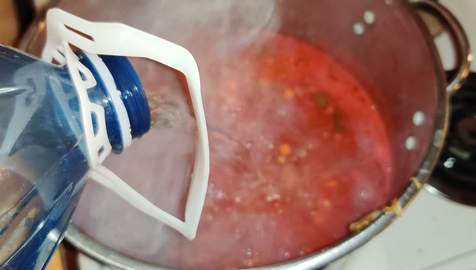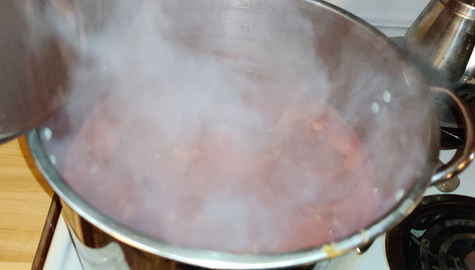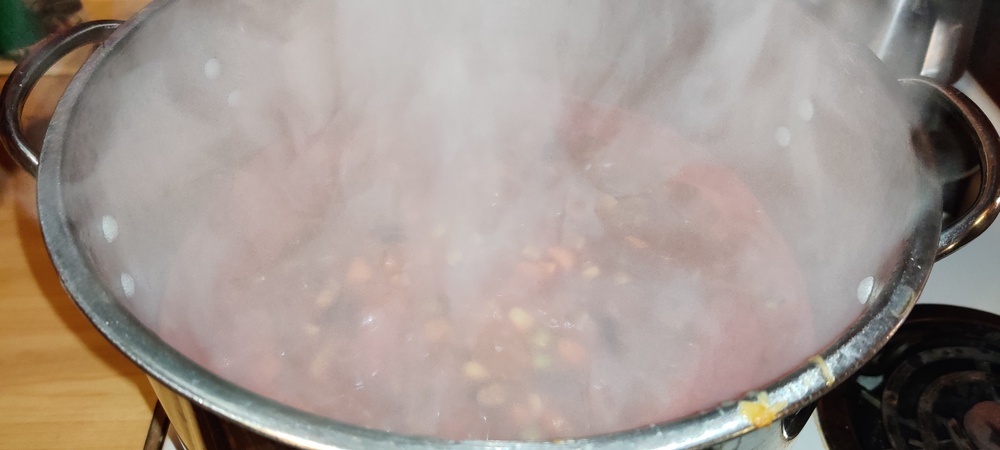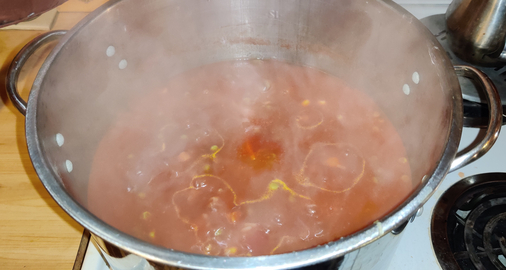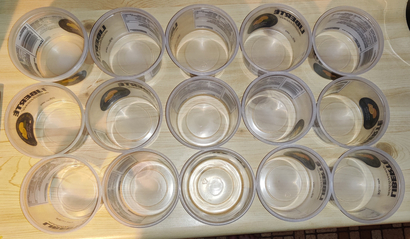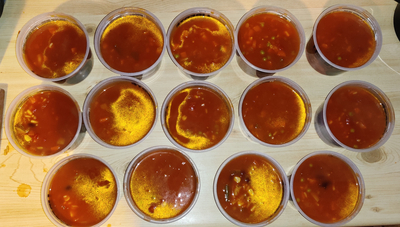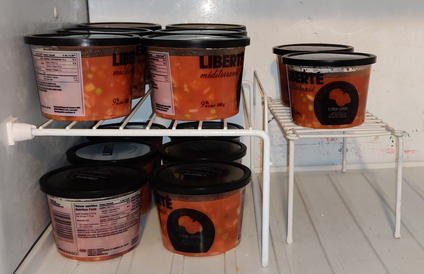It has been several months since I’ve done an entry on a recipe from my collection of recipes, mostly just because last winter and spring, I’d run through most of the recipes that I regularly make and which at the time I had considered to be of “sufficient” note to highlight here, save for the recipe which is the subject of this post (but yes, there is a small number more which may eventually be featured!) As such, many of my recipes from my collection of recipes have since been made at least once, and in many cases, several times, over the past few months.
Over the past couple of weeks alone, I did a lot of cooking at the cottage while on holidays, making:
- my mom’s raisin bran muffins (photo post);
- stuffed potato skins (photo post);
- bacon wrapped chicken pieces (photo post);
- bread (photo post);
- my breakfast sandwiches, thrice (photo post);
- my mom’s corned beef hash (photo post);
- two batches of bran muffins (photo post);
- two batches of chocolate buttercrunch (photo post);
- blondies (photo post);
- lemon squares (photo post);
- 13 dozen pickled eggs (photo post);
- meatballs (photo post);
- chicken soup (photo post);
- a half batch of shepherd’s pies (photo post);
- a three quarter batch of chicken pot pies (photo post);
- manicotti (photo post);
- and, the subject of this post, a half batch of my eggplant au gratin.
Yes, that’s a lot of potatoes, ground beef, chicken, onions, carrots, eggs, flour, cheese, olive oil, and other secondary ingredients prepared, as well as beer consumed, during the multiple cooking sessions! And, yes, this is how I like to spend winter holidays at the cottage!
Note that this recipe is vegetarian of the lacto-vegetarian variety (basically, meatless) if the tomato sauce used does not contain meat.
Making the Eggplant au gratin:
First, a nice beer was taken out — Brune d’Achouffe, a Belgian brown ale 8,5% alc/vol in a 750mL bottle, brewed under licence from the Brasserie d’Achouffe by Brasseurs RJ in Montréal, Québec.
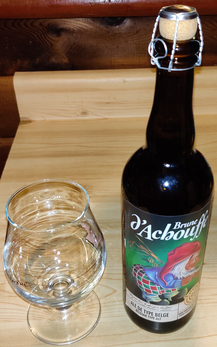
Next, the beer was poured into a glass:
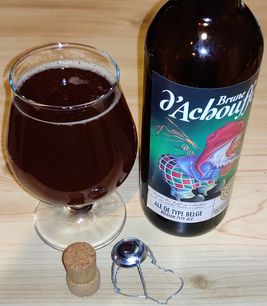
… and of course, right away I had to do a bit of quality control on the beer:
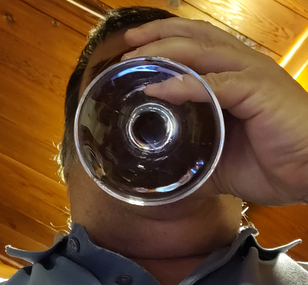
Now to the cooking of the eggplant au gratin, really, this time:
Ramekins were set out — as it turns out, another ramekin was needed to be added later on:
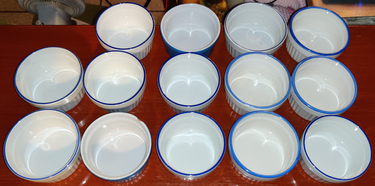
An electric skillet was taken out and plugged in:
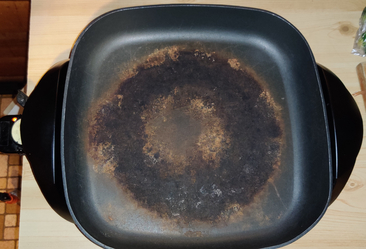

Olive oil was added to the skillet:
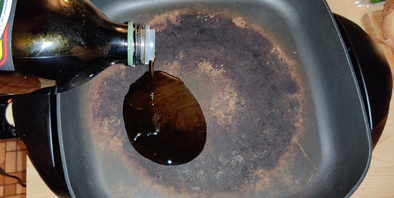
The olive oil was spread out in the skillet with a plastic spatula / egg flipper:
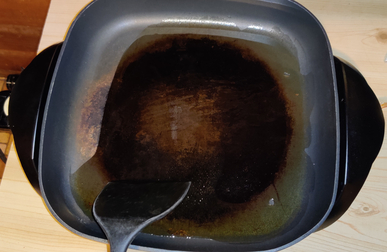
A couple of eggplants were taken out:
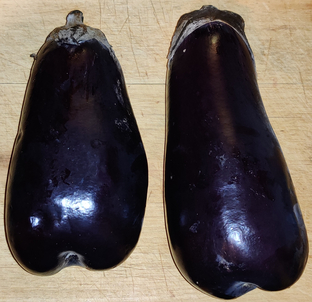
An eggplant was rinsed with water:
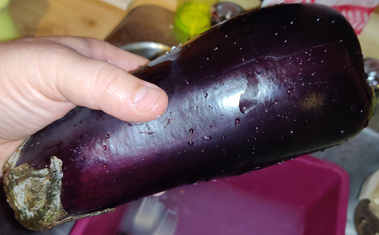
The eggplant was trimmed:
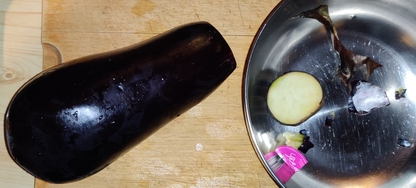
Coins were sliced off the eggplant:
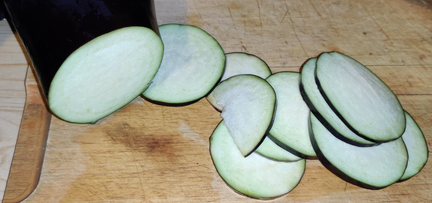
Slices of eggplant were placed in the hot skillet:
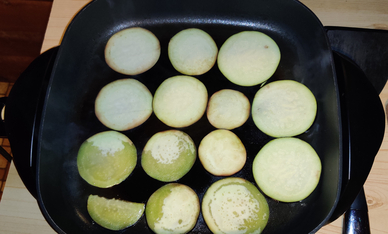
After a few minutes of frying, the slices of eggplant were turned over:
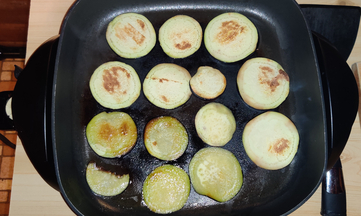
The fried slices of eggplant were placed in ramekins:
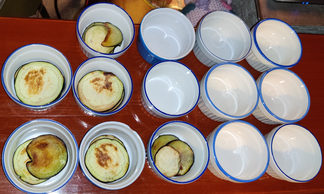
The rest of the first eggplant was sliced, the resulting eggplant slices fried, and the fried eggplant slices were placed in the rest of the ramekins, such that the fried eggplant slices were roughly equally distributed amongst the ramekins:
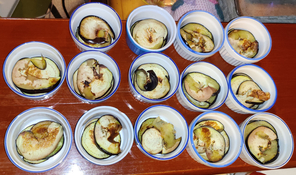
Half of the zucchinis were taken out:
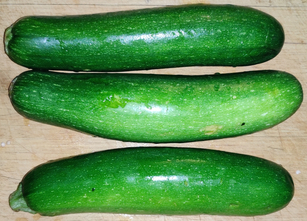
The zucchinis were rinsed with water:
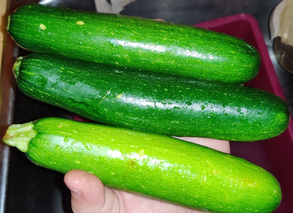
The zucchinis were trimmed:
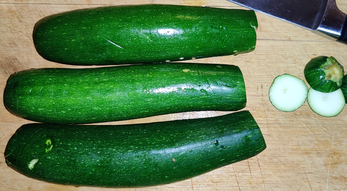
In order to quickly slice the zucchinis, a food processor with the slicing blade attachment was taken out:
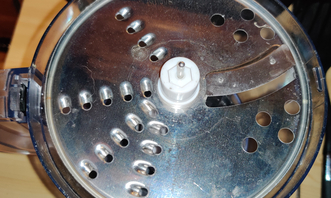
The zucchinis were fed into the running food processor in order to slice them:
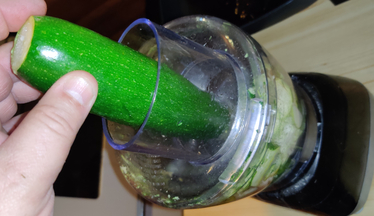
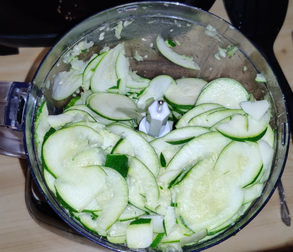
Zucchini slices were placed in the electric skillet with more olive oil:
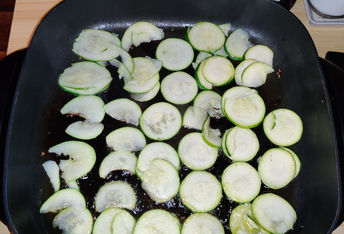
The zucchini slices were turned over:
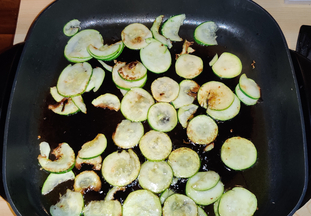
Fried zucchini slices were placed in ramekins:
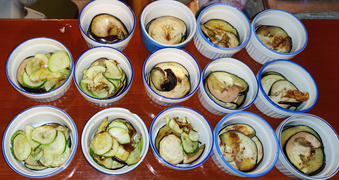
The rest of the first half of the zucchini slices were fried:
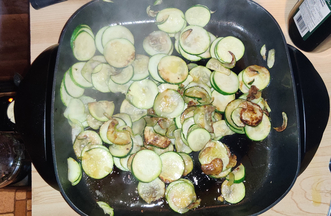
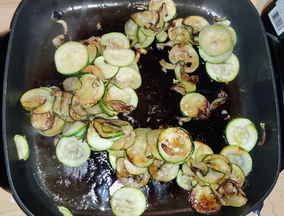
The rest of the fried zucchini slices were placed in the rest of the ramekins, such that the zucchini slices were roughly equally distributed amongst the ramekins:
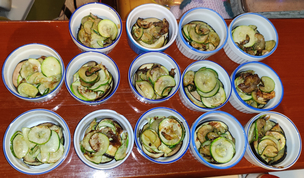
Onions were taken out:
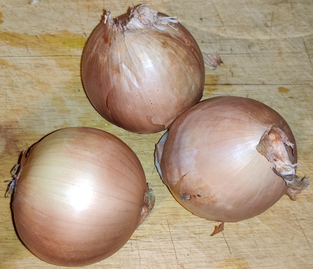
The onions were cleaned and trimmed:
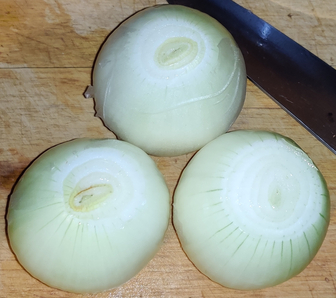
The onions were sliced in half:
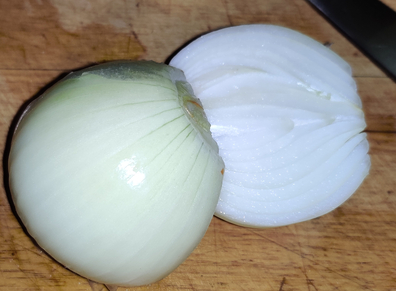
The onions were sliced into thick half coins:
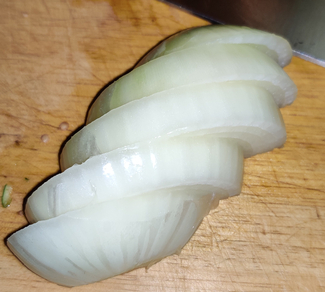
The onions were roughly chopped:
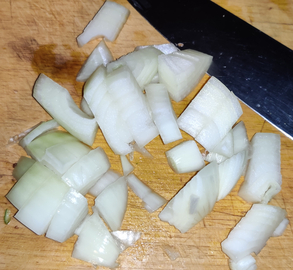
The chopped onions were placed in a bowl:
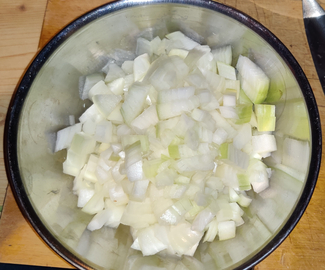
About half the chopped onions were placed in the electric skillet with more olive oil, and salt was added:
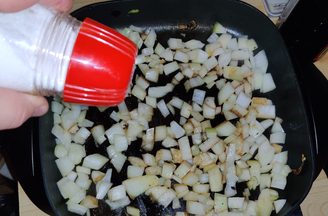
The chopped onions were fried:
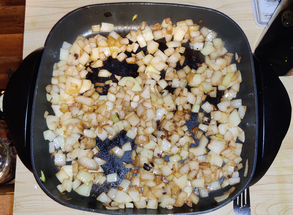
The fried chopped onions were roughly equally distributed amongst the ramekins:
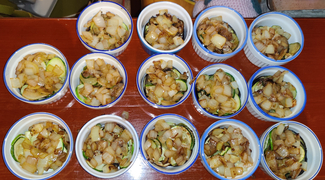
At this point, my beer chalice was empty and needed refiling:
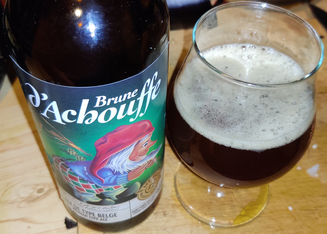
It was time to repeat the process, and the second eggplant was sliced and fried the same way. When the eggplant slices were placed in the ramekins, the contents were patted down with a fork, in order to get rid of deadspace in the ramekin:
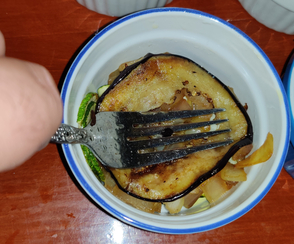
The rest of the steps were repeated with the zucchinis, and the chopped onions, and both were placed in the ramekins in the same order as above, after the second layer of fried eggplant. Note that at this point, another ramekin was added to accommodate what proved to be more ingredients than I originally estimated that I’d had:
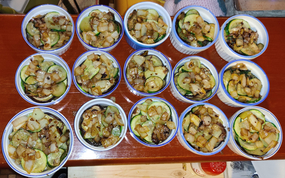
A jar of commercial (meatless) tomato sauce was taken out:
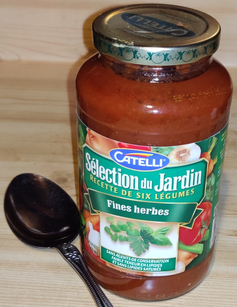
The tomato sauce was spread over the ingredients in the ramekins:
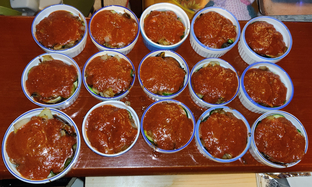
A block of mozzarella cheese was taken out:
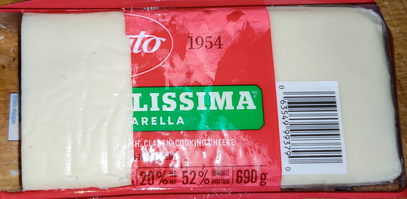
Mozzarella cheese was sliced off the block of cheese:
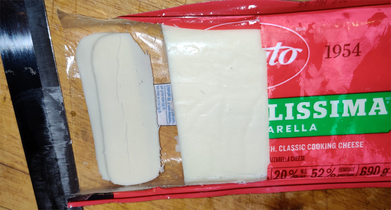
Cheese slices were placed on top of the ingredients in the ramekins:
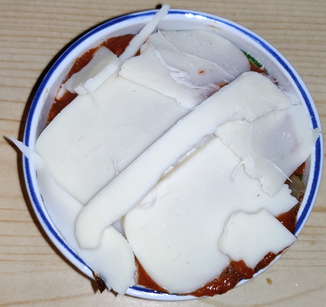
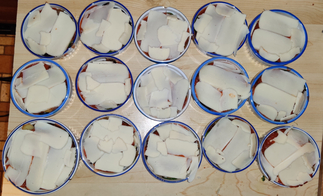
Zipper bags were taken out and identified:
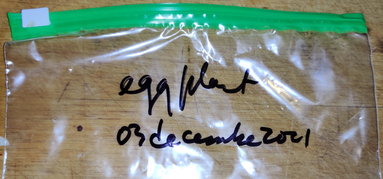
Filled ramekins were individually placed in bags for freezing:
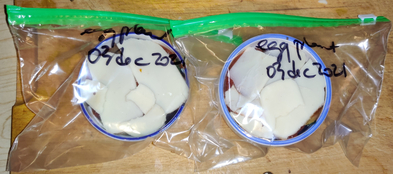
The bags were placed in a freezer (in this case the freezer door) for future eating:
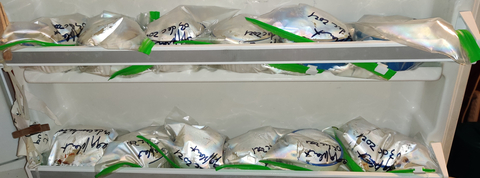
A few days later, an eggplant au gratin was taken out, defrosted, baked, and eaten; of course it was yummy!

